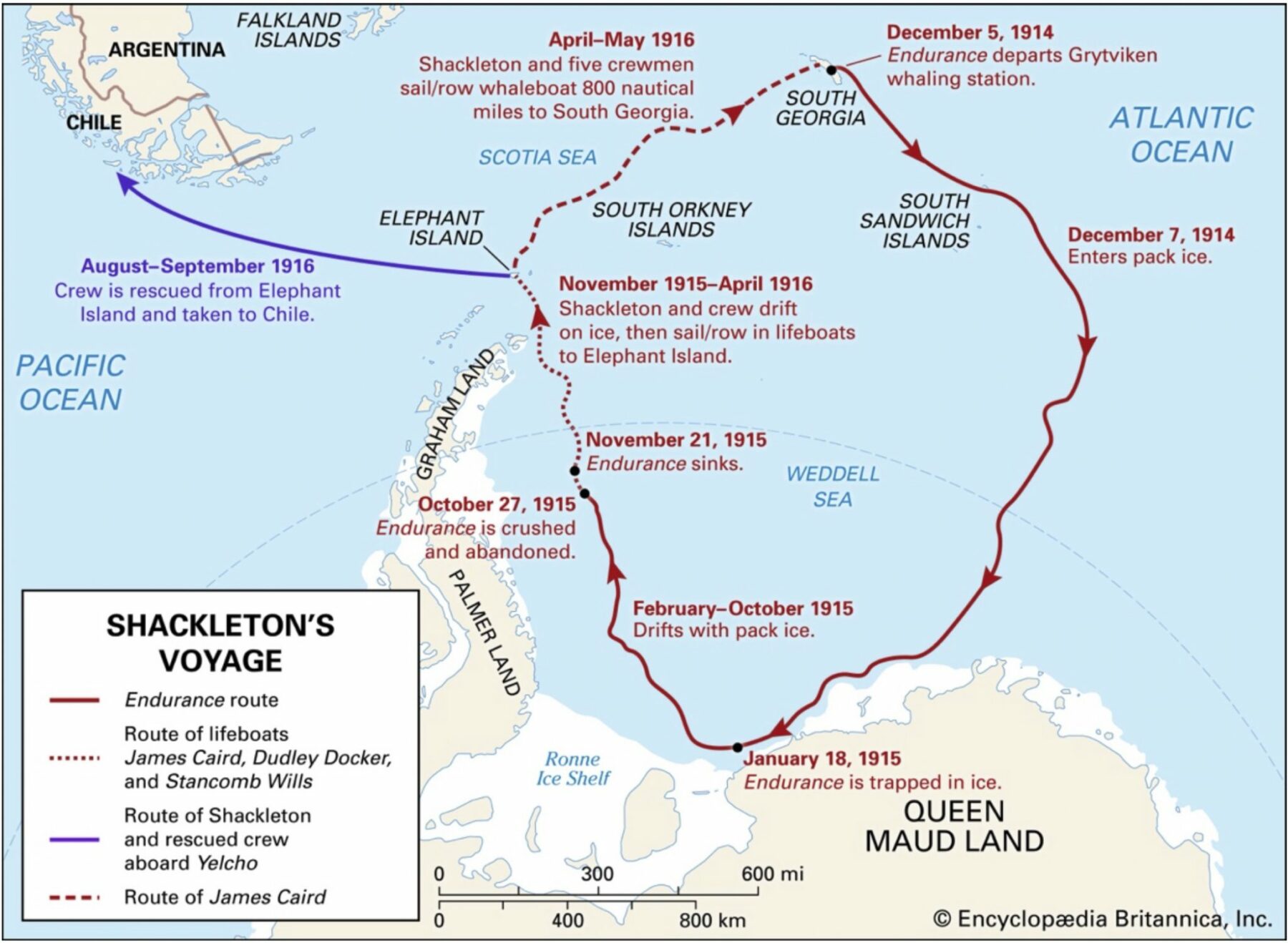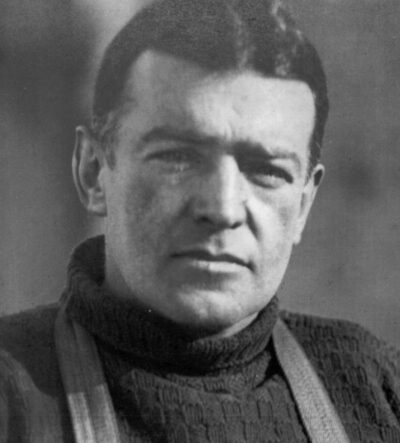Founders are constantly challenged in a startup – product, marketing, finance – and leadership. I’d argue that leadership is the most important aspect of their roles as they build their nascent venture, as without a team, you don’t have a growth platform to attack the market opportunity.
You can’t do anything in a startup business without followers, startup leaders must find ways to engage people and rouse their commitment to vision and goals. Effective leadership is not about results per se, the focus is on leaders who excel at inspiring people, in capturing hearts, minds, and souls. This ability is not everything in business, but great results may be impossible without it.
It’s not about the cult of personality either. The goal is to get connected to one’s inner self and to start talking and acting in a real, emotionally connected way to enhance engagement and creativity. Organisations want more sincere leadership, more initiative. But leadership isn’t easy. It requires focus and practice.
Better leadership does not just mean happier staff. It means better-performing companies too. The prize for better leadewrship is big. But how to obtain it? Read enough management books and you might conclude that managers need full-on personality transplants, becoming either Machiavelli’s prince or a Marvel superhero. Study successful leaders, though, and the lessons are more prosaic.
I’ve always been taken by the early C20th Polar explorers as great examples of leadership. I’ve over twenty books documenting their expeditions, diaries of their journeys alongside black and white books of photographs capturing their bravery and determination. There’s an amazing list of adventurers – James Ross, Ernest Shackleton and Robert Falcon-Scott from Britain, Norwegians Fridtjof Nansen and Roald Amundsen, Australian Douglas Mawson, American Robert Peary. Amundsen was the first person to reach both the North and South Poles.
Aside from the mentality of wanting to endure such extreme physical hardship in the pursuit of a dream, the thinking, behaviour, and spirit of adventure of these explorers manifests itself in the focus, determination, and flair of modern-day entrepreneurs. Successful explorers and entrepreneurs have one thing in common: they aren’t afraid of failure. Yet faced with the uncertainty and odds stacked against them, and often an initial plan in tatters, intrepid explorers and entrepreneurs seek to pursue their goals with zeal.
My most admired explorer is Earnest Shackleton, simply for his relentless ambition, determination and leadership skills. Shackleton, an Irishman of Yorkshire parentage, served an apprenticeship under Scott in his 1902 South Polar venture, before setting out on his own expeditions. Shackleton’s ‘Furthest South’ expedition of 1909 saw him reach just 97 miles short of the Pole before turning back, setting a new record.
His 1914-1916 Endurance voyage was his third and most famous expedition to the South Pole, setting out on a self-funded trip to make what was considered the last great expedition left on Earth – an 1,800 mile crossing of the Antarctic on foot. His ship Endurance was named after his family motto, Fortitudine Vincimus – by endurance we conquer.
All was well, until just one day’s sail from its destination on the Antarctic coast, the ship got stuck in pack ice in the Weddell Sea. Shackleton and his men were stranded on an ice floe 1,200 miles from land, with no means of communication and no hope of rescue. When it seemed the situation could not get any worse it did – the pack ice dragged the ship north for ten months, 600 miles, and then the ice crushed the Endurance.
On 21 November 1915 – 108 years ago today – Endurance sank. The men were forced to camp on the ice and watch as the ship disappeared. We can only imagine the horror of this situation. All they had were three small lifeboats salvaged from the ship, just twenty-five feet long. Temperatures were so low that you could hear the sea freeze. They subsisted on a diet of penguins and seals in the darkness of the long polar winter.
Here’s a map of the voyage:

The story and video can be viewed here:
https://www.history.com/news/shackleton-endurance-survival
Eventually when the ice began to melt, the men took to the lifeboats. After four months of danger sat on the ice floe, they were pitched into an intense battle for survival that brought them to the limits of human capabilities, fighting their way through the raging, freezing sea for a week, before making land at Elephant Island, which had no animals or fresh water.
Shackleton then took five men and sailed 800 miles in an open boat,the James Caird, over tumultuous seas to South Georgia, part of the Falkland Islands, for help. Their journey lasted sixteen days, navigated by sextant. When they landed, they had to cross a mountain range to reach civilisation at a whaling station. This took another 36 hours.
When they greeted the whaling station manager, Thoralf Sorlle, he looked at them incredulously, Who the hell are you? One of the men stepped forward and replied: My name is Shackleton. Thoraf Sorlle, it is said, turned away and wept. The remarkable voyage of the James Caird was from April 24 to May 10, 1916. It had been 530 days since Shackleton and his team left London.
Having spent four days recovering with the whalers, Shackleton turned round and led the effort to rescue the rest of his crew. It took him four attempts to do so. Shackleton saved the lives of 27 men stranded. Everyone survived. The Endurance expedition lasted from August 8, 1914 to August 30, 1916.
Arising from this – ‘Shackleton’s Way’, his leadership philosophy – resonates with themes and messages a founder can can take into their startup. His people centred approach to leadership can be a guide for us all. He built his success on camaraderie, loyalty, responsibility, determination and – above all – optimism.
There are eight elements to ‘Shackleton’s Way’ to adopt as a founder:
The path to leadership Fortitudine Vincimus – by endurance we conquer. His family values shaped his progressive leadership style. He turned bad experiences into valuable lessons and insisted on respect for the indidivual in an environment that demanded cooperation.
Hiring an outstanding crewShackleton built a crew around a core of experienced men. He conducted unconventional interviews to find unique talent. His second in command was his most important hire. He looked for optimism and cheerfulness in their character. He gave his staff the best compensation and equipment he could afford.
Creating a spirit of camaraderieShackleton made careful observations before acting. He established order and routine so all his staff knew where they stood. He broke down traditional hierarchies. He used informal gatherings to build an esprit de corps.
Getting the best from each individualShackleton accepted and understood his crewmen’s quirks and weaknesses. He used informal one-to-one talks to build a bond with his men. He was always willing to help others get their work done. He helped each man reach their potential.
Leading effectively in a crisisShackleton let everyone know that he was confident of success. He inspired optimism in everyone. He put down dissent by keeping the malcontents close to him. He got everyone to let go of the past and focus on the future. He worked to keep spirits high.
Forming teams for tough assignmentsShackleton balanced talent and expertise in each team. He ensured all his groups were keeping pace. He remained visible and vigilant. He shored up the weakest links. He got teams to help each other.
Overcoming obstacles to reach a goalShackleton took responsibility for getting the job done. He often took risks. He found the inspiration to continue. He kept sight of the big picture. He stepped outside his role as leader to personally help others in their own roles.
Leaving a legacy Shackleton’s leadership had a lifelong impact on his crew. He made a personal impact on those on board, and made lasting contributions to their lives. His leadership style prompted social change within the group.
Shackleton showed the qualities of strong, effective leadership – enthsiasm, confidence, warmth, integrity, toughness, humility – whilst also recognising the importance of a team, and the trust and respect everyone in a team must show to each other whatever their rank.
It is by building a sense of teamwork and community just as Shackleton did over 100 years ago that we can overcome the unexpected detours and hurdles encountered on our own startup journeys. Shackleton faced many of the problems we encounter today as founders:
· bringing a diverse group of people together
· working towards a common goal
· managing perceptions and realities of uncertainty and risk
· supporting individuals own doubts and concerns
· keeping the group atmosphere positive
· battling fatigue and challenge when things aren’t working
· bringing order and success to a chaotic environment
· working within challenging time scales and finite resources
Shackleton was a pioneer, thinking on his feet when faced with unexpected challenges, a mindset of relentlessly striving to move forward when the conditions and odds are often against you. The core of Shackleton’s leadership philosophy was persistence. For me, he embodied all the attributes of inspirational startup founder leadership. He showed the way and took his people with him, his brand of leadership was based on teamwork.
Shackleton made his men want to follow him and in the process changed the way his crewmen saw themselves and their team. Despite the two years adrift on an ice floe, and the blame for the extreme hardship they could have attributed to him, Shackleton was their role model and there are volumes of memoirs of survivors paying tribute to him.
The main body of leadership thinking focuses on the characteristics of leaders, giving it a strong psychological bias, seeing leadership qualities as inherent to the individual. The underlying assumption is that leadership is something we do to other people. However, In my view leadership should be seen as something we do with other people.
Summary
The Endurance expedition dispersed in London on October 8, 1916. As World War I raged, almost all entered into military service. Cheetham and McCarthy – the latter able seaman of the James Caird – were both killed. The last of Shackleton’s men, First Officer Greenstreet, died in 1979.
Throughout the Endurance voyage, Shackleton kept a scrap of paper with words from Prospice by Browning, his favourite poet:
When things seem the worst, they turn to their best,
I was ever a fighter, so one fight more,
The best, and the last.
Shackleton failed only at the improbable, succeeding at the unimaginable. He was essentially a fighter, afraid of nothing. But overall, he was human, overflowing with kindness and generosity, affectionate and loyal to all his crew.
In 1922 some of the Endurance crew returned to the island when they landed from the Quest, Shackleton’s last expedition, on which he died of a heart attack aged 48. One can well imagine what an emotional experience it must have been for those men.
So imagine the situation 108 years ago, 21 November 2015: the realisation you’re stranded on an ice floe 1,200 miles from land, with no means of communication and no hope of rescue. Shackleton’s personal motto was reach beyond your expectations. That’s Shackleton’s Way. Use it as your leadership credo in your startup. You wait, everyone has an Antarctic moment.

